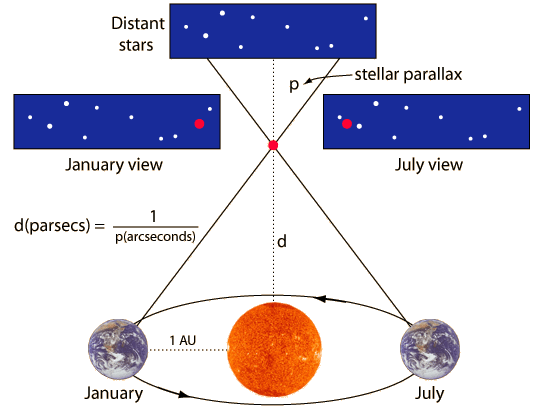have been overwhelmed last two years with the flood of neolithic Songline wisdom from the studies of our 'Chumash' archaeological site studies at Matilija Megaliths, the founding of Matilija University, my readings (getting up to speed in a new field) in ArchaeoAstronomy, EthnoAstronomy, etc -- and my researches, analysis and writings regarding our recent approximately 413,000 Year Human Development Cycle (mirrored in our helical co-propagation cycle relationship with the Sirius-UMa Stream and the Ursa Major Moving Group), and the lesser resonant astro- and geo-physical cycles (mirroring our helical co-propagation rhythm with Alpha Centaurus and our other local star systems).
the SCALE of the 'Local Fluff' of 'Local Cloud', the actual distance of our neighboring and Moving Groups, has been a central focus of my Astrophysics work the last two-plus decades -- evolving out of the "factor of ten" 'apparent discrepancy' discussions in the whole world astrophysics regarding the greater cosmic scales which Halton Arp, myself and many others have drawn attention to.
the convergence of my research and writings in the '80s and '90s was that -- for the local scale of the Orion Arm and the Local Bubble -- the scale error, 'scale inflation', was by about a factor of two to four. and my focused attentions comparing the data from the greater geophysics, anthropology, archaeology and musicology fields has only reinforced that scale range -- from which I now have a draft refined figure, to two significant digits, of 2.5 -- a 2.5 scale inflation for the local stellar distances, currently determined by stellar parallax measurements of the reigning global Astrophysics institutions.

[the public literature/discussions of Parallax distance determinations focus on the position change of the Earth, in its orbit about the Sun, between the times of the two measurements of the relative position of the target star, against the position of a background star. the obvious error lies in the much GREATER position displacements of the Sun and the background star, which are moving at hundreds of kilometers per second, compared to the Earth's motion with respect to the Sun of only 30 km/sec. thus, for ACTUAL, determinations of the Parallax distance of Alpha Centauri or Sirius, for example, there are FOUR position variables in the equation, for the Earth, Sun, target star and background star -- not simply the one or two of the Earth and the target star.]
this scale factor would result in a distance measurement from Sol, the Sun, to Alpha Centauri being multiplied frm 1.7 lightyears to 4.2 lightyears, and to Sirius, multiplied from 3.4 lightyears to 8.6 lightyears. [in round numbers, it would be accurate enough to say that one could simply transpose the published distances of our local stars from parsecs to lightyears to find the corrected distance determinations!]
so the question I have for our Electic Universe Forum discussion colleagues is where should we be looking in the literature and international committee debates as to the methods and gauges used for determing what numbers will be published in the Gliese, Yale, Tycho, Hipparcos and other Catalogues? specifically what are the correct keywords for the discussions of the gauges and formulas used for Parallax determination? Parallax qauges? Parallax formalisms? Parallax error? Parallax multiplier? Parallax discrepancy? 'Apparent Parallax discrepancy'?
and which are the international Astrophysics committees that determine the gauges and formalisms for 'Parallax determinism'?
[here is where I am currently assembling my 'Parallax Twain' related online discussions of the last couple of years ... http://www.facebook.com/note.php?note_i ... 4656414525


